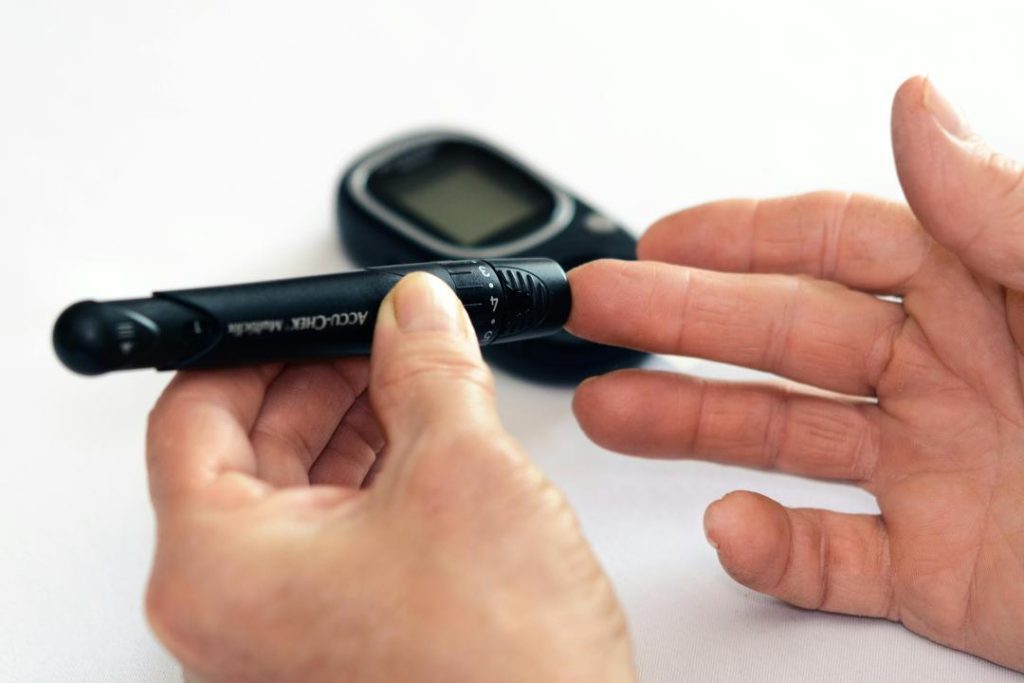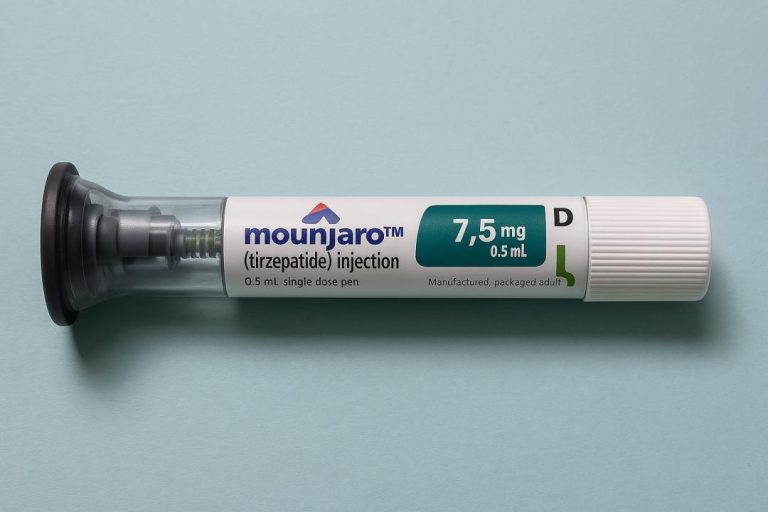
Why is Type 2 Diabetes Rising in Young People?
In recent years, there has been a disturbing trend in the rise of type 2 diabetes among young people. According to the World Health Organization (WHO), the number of people with diabetes has risen from 108 million in 1980 to 422 million in 2014, and it is estimated that more than 1 in 10 adults will have diabetes by 2030. One of the most alarming aspects of this trend is the increasing number of young people, including teenagers and young adults, who are being diagnosed with type 2 diabetes.
The reasons behind this rise in type 2 diabetes among young people are complex and multifaceted. However, there are several key factors that contribute to this trend. In this blog post, we will explore the main reasons why type 2 diabetes is rising in young people, particularly in certain ethnic and low-income groups, and discuss the importance of early detection and treatment.
Rising Obesity
One of the primary drivers of the rise in type 2 diabetes among young people is the increasing prevalence of obesity. Obesity is a major risk factor for developing type 2 diabetes, as excess body fat can lead to insulin resistance, a condition in which the body’s cells become less responsive to insulin, a hormone produced by the pancreas that regulates blood sugar levels.
According to the Centers for Disease Control and Prevention (CDC), the prevalence of obesity among children and adolescents in the United States has more than tripled since the 1970s. In 2015-2016, more than one-third of children and adolescents had obesity, which is defined as a body mass index (BMI) of 30 or higher. This trend is not unique to the United States; many countries around the world are also experiencing a rise in childhood obesity.
Unhealthy Diets
Another key factor contributing to the rise in type 2 diabetes among young people is the increasing prevalence of unhealthy diets. A diet that is high in sugar, salt, and unhealthy fats, and low in essential nutrients such as fruits, vegetables, and whole grains, can increase the risk of developing type 2 diabetes.
Young people are often exposed to a diet that is high in processed and sugary foods, which can be detrimental to their health. A study published in the Journal of the Academy of Nutrition and Dietetics found that nearly 90% of American children consume fast food at least once a week, and many of these foods are high in sugar, salt, and unhealthy fats.
Sedentary Lifestyles
A sedentary lifestyle is also a major risk factor for developing type 2 diabetes. A lack of physical activity can lead to insulin resistance, which can increase the risk of developing type 2 diabetes.
Many young people today lead sedentary lifestyles, with a significant portion of their day spent sitting in front of screens, such as televisions, computers, and mobile devices. This can be detrimental to their health, as regular physical activity is essential for maintaining a healthy weight, improving insulin sensitivity, and reducing the risk of chronic diseases such as type 2 diabetes.
Ethnic and Low-Income Groups
Certain ethnic and low-income groups are disproportionately affected by the rise in type 2 diabetes among young people. According to the CDC, African Americans, Hispanics/Latinos, and American Indians/Alaska Natives are more likely to develop type 2 diabetes than non-Hispanic whites.
Additionally, young people from low-income families are at a higher risk of developing type 2 diabetes due to a lack of access to healthy food options, limited opportunities for physical activity, and a higher prevalence of obesity. A study published in the Journal of Adolescent Health found that young people from low-income families were more likely to consume unhealthy foods and drinks, and to engage in sedentary behaviors, which can increase the risk of developing type 2 diabetes.
Early Detection and Treatment
Early detection and treatment are critical for managing type 2 diabetes in young people. If left untreated, type 2 diabetes can lead to serious long-term health issues, including heart disease, kidney disease, and vision loss.
Therefore, it is essential that healthcare providers are able to detect type 2 diabetes in young people early, and that they are able to provide effective treatment and management strategies. This includes lifestyle changes, such as a healthy diet and regular physical activity, as well as medication and insulin therapy if necessary.
Conclusion
The rise in type 2 diabetes among young people is a significant public health concern, driven by rising obesity, unhealthy diets, and sedentary lifestyles. Certain ethnic and low-income groups are disproportionately affected by this trend, and early detection and treatment are critical for managing the disease and preventing long-term health complications.
As a society, we must work to address the root causes of this trend, including promoting healthy eating habits, increasing opportunities for physical activity, and improving access to healthcare services for all individuals, regardless of their ethnic or socioeconomic background. By taking these steps, we can work to reduce the incidence of type 2 diabetes among young people and promote a healthier future for all.
Source:
https://thepfc.club/blogs/news/what-you-should-know-about-early-onset-type-2-diabetes






